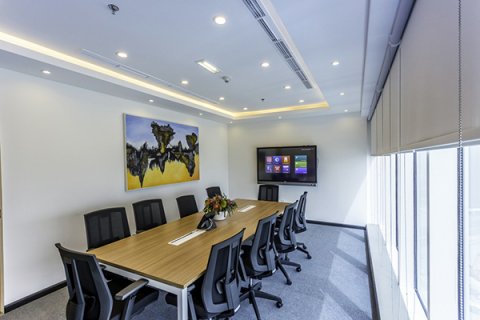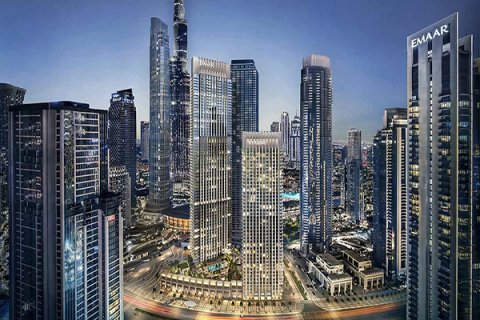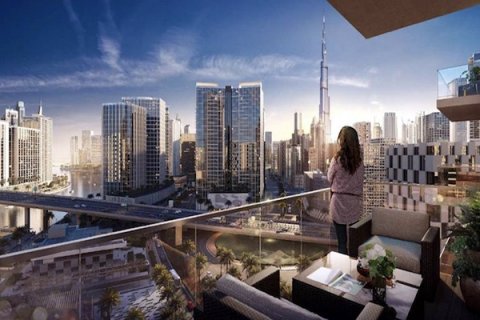According to the Dubai Land Department, the commerce market shows significant demand. Of course, looking at the record numbers, it is important to remember that prices on the real estate market are still significantly lower than in the period from the end of 2014 to 2016. However, the market has repeated all the indicators of 2016 and surpassed the previous year, while there are 5 months left until the end of 2022.
The recent increase in interest rates and inflationary pressures may not have a negative impact on the commercial real estate market, especially in Business Bay, where most of the supply is concentrated in low-end office buildings.
Higher interest rates and a 50 percent loan-to-value ratio for commercial real estate mortgages may deter some buyers from buying, making them more likely to continue renting. This further stimulates certain segments of the rental market, thereby reviving investors' interest in income-generating real estate as a result of rising rents.
Class A office space and quality growth
Tenants' constant search for high-quality office space stimulates high demand for Class A office space in key locations. Thus, the U-Bora Tower in Business Bay has reached 100% occupancy, perhaps for the first time. DWTC's One Central and Dubai Hills Business Park and Design District are examples of private and well-managed office complexes that have also benefited from tenants' desire for Class A office buildings.
As a result of the revival and growth of economic activity, the vacancy rate in several commercial buildings in Dubai decreased significantly in the first half of 2022. According to CBRE, the vacancy rate in Dubai's central business district has dropped to 14% from 17% in the previous 3 months. According to the report, the market of class "A" office space will continue to grow, but the markets of class "B" and "C" office buildings will remain at the same level.





